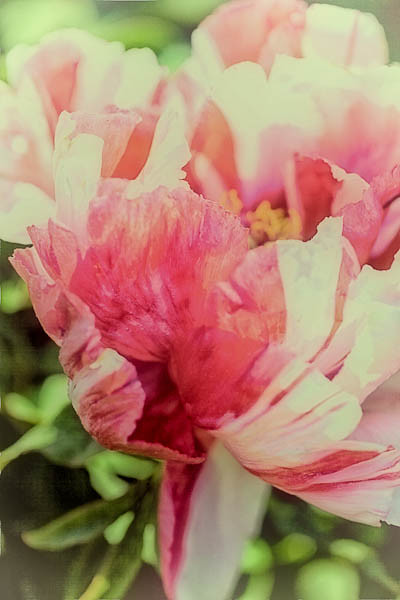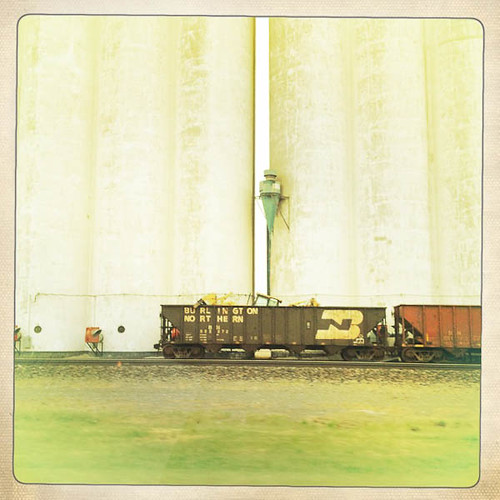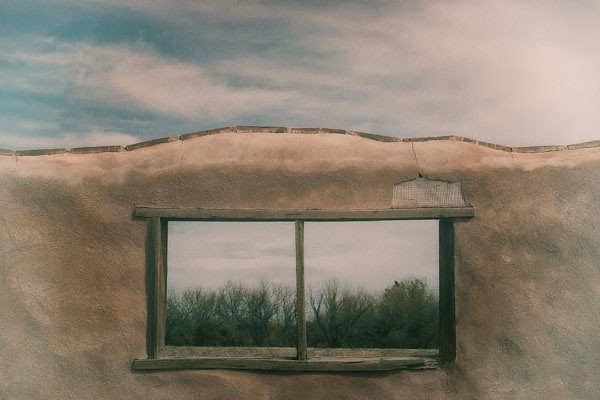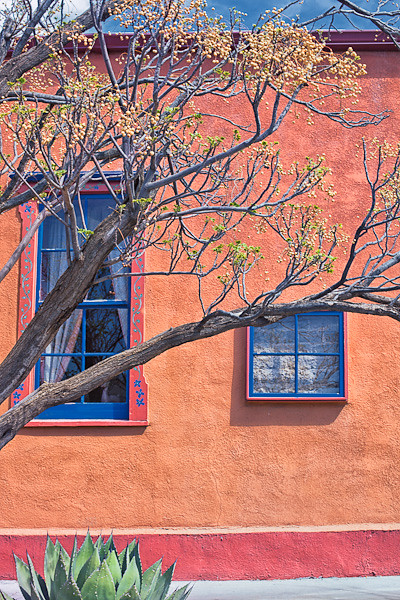The need to listen carefully creates its own stillness. ~ Toni Packer
Quiet. Solitude. Stillness.
When I am out in my garden with my camera, I wait for stillness, for the wind to quiet enough so that my photograph, or at least the portion of the photograph that I want in focus, is in focus.
On a calm day, it is easy to take photographs outside. But on a breezy day, I decide if I want to add some extra work into the photography equation. From which direction is the wind blowing? Is it gusty? Can I block the wind with a building or a fence or the clear acrylic panels I built into a wind shield?
Some of the time, I choose to out wait the wind if it isn’t blowing steadily. And while standing or kneeling or even lying on the grass, motionless, that is when I begin to hear all of the sounds of minutiae. (Can I use the word minutiae in that way? . . . Well, I just did.)
First, I notice how incredibly loud the wind is, especially when I want it to die down so the swaying peony will stop its dance and hold still so I can take its portrait. But wind can be really loud. And of course all of the bushes and leafy branches are twirling about. Even the grasses I am resting upon are brushing against each other and sound like the swishing on a snare drum. Then I start to listen closely – do I hear the wind itself or only that which is tossed about by the wind’s movement?
And while I am listening so carefully, I notice all the other noises that I prefer to consciously block. The low hum of a neighbor’s lawn mower, a car engine revving as it passes on a side street, the loud thrumming of a descending airplane heading to a nearby airstrip.
Suddenly I am thankful for the winds’ blustery sounds, glad that its whooshes and whispers let me focus on the sounds in nature.
Eventually I get my photographs, one way or another, or change my plans. There is never a dearth of subjects for me and my camera.
———————
Bo Mackison is a photographer and owner of Seeded Earth Studio LLC. She has discovered that when carrying a camera outdoors, she discovers much that hasn’t a lot to do with photography.











